It is difficult to assess the partial setback suffered by Red Bull in Mexico by pointing to a single primary cause.
The most significant issue that emerged over the entire weekend – and which Max Verstappen repeatedly complained about – was the extremely low level of grip.
This essentially prevented the Dutchman, but also several others, from perceiving the limits of the car, both under braking and during acceleration.
In Mexico City, the Milton Keynes-based team introduced a modification to the floor, specifically to the side edge, in order to improve the quality of the airflow skimming along the lower part of the sidepods.
For this reason, an extensive flow-viz test was carried out to evaluate whether the airflow in the undercut area was detaching from the bodywork surface, caused by vortices generated by the exit of the lower flow through the lateral expansion profiles.
These profiles had been modified to generate vortices that would divert the exiting turbulent flow outward, ensuring the floor’s maximum effectiveness.
The conditions in Mexico City – characterised, as we have often emphasised, by a thin atmosphere that reduces downforce, not only from the wings but especially from the floor – certainly limited the RB21’s effectiveness.
In other words, although the floor introduced at Monza and then simply evolved in Mexico (since it is a modular component, with Red Bull engineers only working on the side edge) had proven highly effective in previous races, it could not perform as well under Mexico’s specific conditions.
There was therefore nothing fundamentally wrong, except for the fact that the RB21 is not the car most capable of generating downforce from the body itself.
Viewed by others:
McLaren comparison
By contrast, the McLaren – at least in Lando Norris’ hands – was the car that, thanks to the right setup, managed to maximise its dynamic performance despite the low overall downforce available.
The performance gap between Norris’ car and Oscar Piastri’s clearly shows how narrow the line was between a top performance and a less competitive one under those particular conditions.
Interlagos – the São Paulo circuit – next week, although located at moderate altitude (around 700 metres above sea level) and therefore still featuring slightly thin air, has a layout that favours a medium-to-high downforce setup.
This configuration, thanks to the RB21’s recently rediscovered balance, could play in favour of Red Bull, particularly because of the level of equilibrium required in the middle section of the track, where the RB21’s traction characteristics could be an advantage.
In essence, the championship battle, at least on paper, still appears wide open – even though, of course, mistakes on either side are not an option. A misstep in Brazil could prove decisive in shaping the final races of the season.
Also interesting:
Join RacingNews365's Sam Coop, Fergal Walsh and Nick Golding, as they look back on last weekend's Mexico City Grand Prix. Lando Norris' crushing victory is a lead talking point, as is Max Verstappen keeping himself firmly in title contention.
Rather watch the podcast? Then click here!
Don't miss out on any of the Formula 1 action thanks to this handy 2026 F1 calendar that can be easily loaded into your smartphone or PC.
Download the calenderMost read
In this article
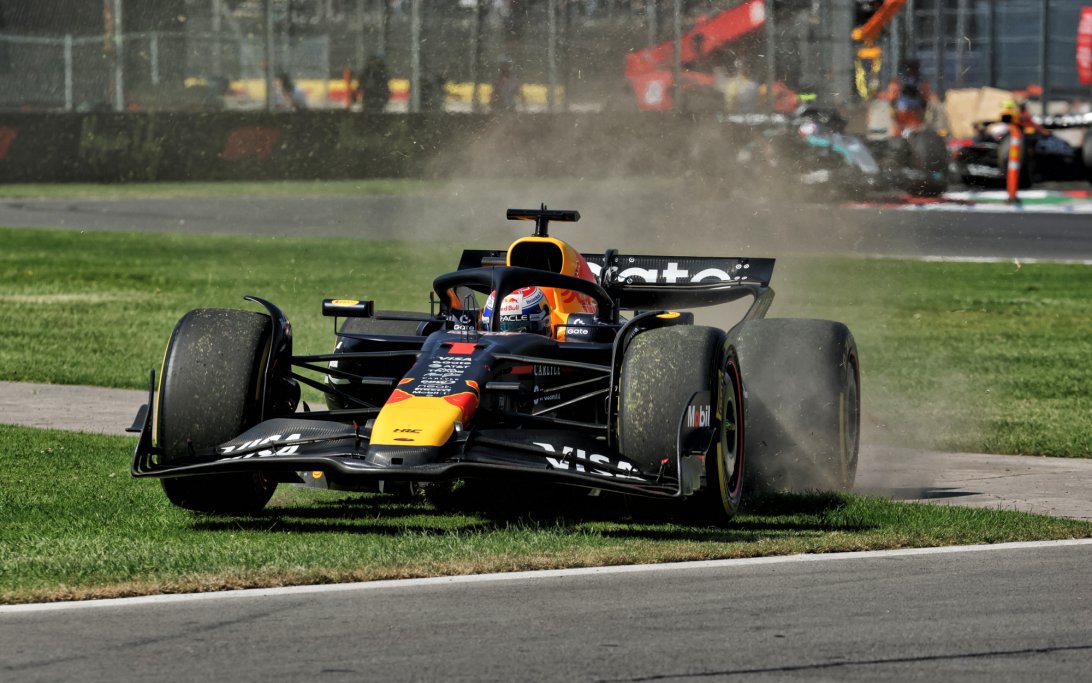
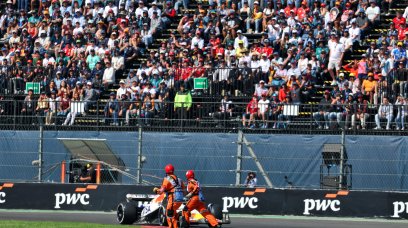
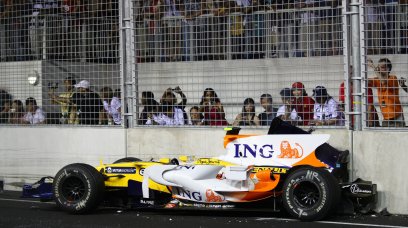



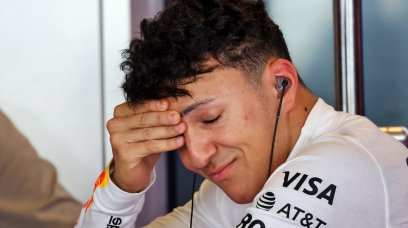

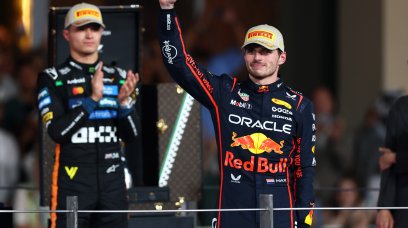
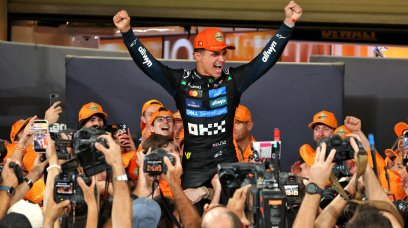

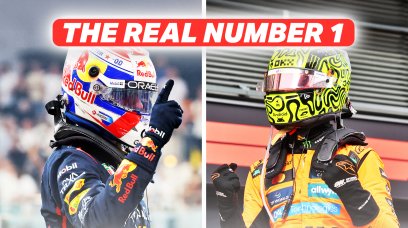
Join the conversation!